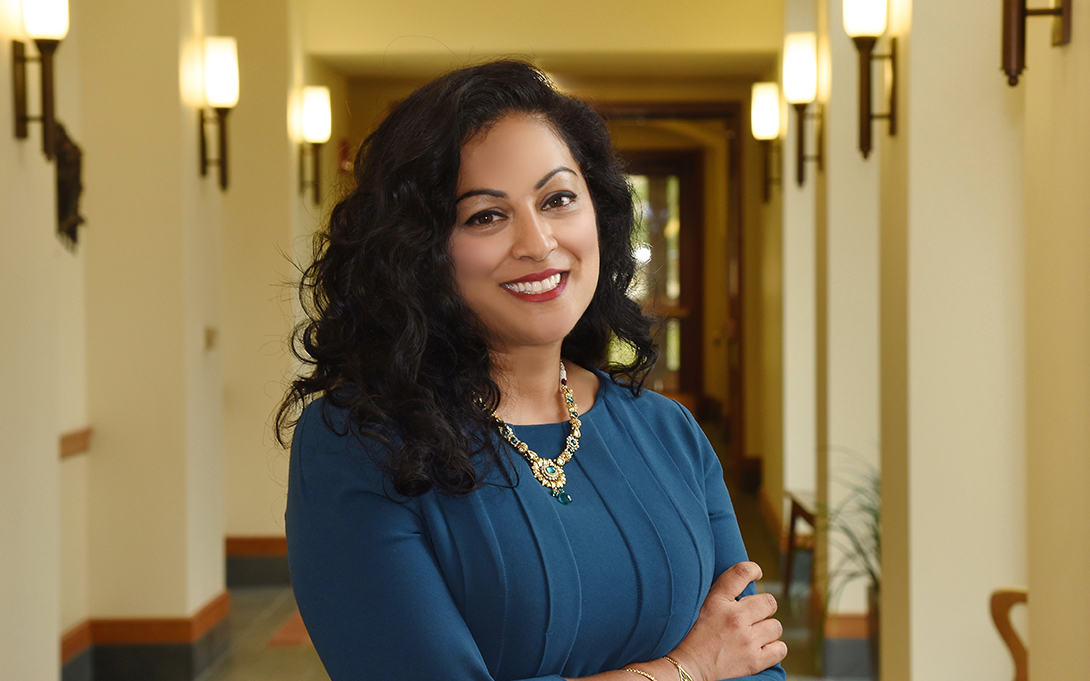
“Disparities, distrust in health systems and other complexities must be explicitly factored into solutions” to the COVID-19 pandemic, Ford School professor Shobita Parthasarathy writes in the latest issue of Nature.
Governments around the world are focusing on greatly increased testing to fight the COVID-19 pandemic, which offers a “seductively straightforward technological remedy.” However, she argues, testing programs alone cannot be effective if they do not take into account social, economic and racial inequities.
Parthasarathy’s current research looks at how governments have been approaching testing and the social, equity, and public health implications of those efforts, with a focus on the United States, United Kingdom, Singapore and South Korea.
She writes, “In the United States and other rich countries, it is easier to get a test in whiter, richer neighborhoods. Essential workers — grocery shop clerks, bus drivers, cleaners — are disproportionately people of color and living in poverty. They are at higher risk of infection and transmission, and so are more in need of testing and less likely to have access to it.”
In Singapore, for example, migrant workers were initially left out of the government’s testing strategy, and have accounted for more that 96 percent of the country’s total cases.
Structural inequalities need to be considered in any effective plan. The UK’s Race Disparity Unit is now focusing on COVID-19 and individual U.S. states have convened expert committees, like Michigan’s Coronavirus Task Force on Racial Disparities. But Parthasarathy argues these don’t go far enough.
She calls for a fundamentally interdisciplinary approach: “If the realities of marginalized communities do not help to set the terms of innovation, these populations are unlikely to benefit. The technologies might even marginalize them further.”
The article can be read here.
More news from the Ford School